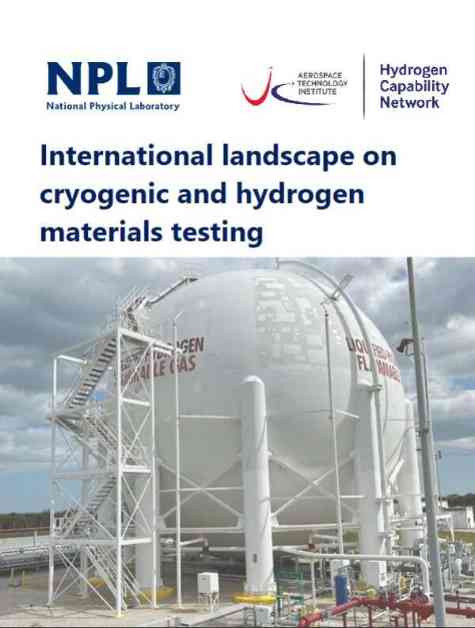Exploring Cryogenic and Hydrogen Materials in NPL’s International Context
In the realm of energy exploration and innovation, the National Physical Laboratory (NPL) is making waves with its cutting-edge research on cryogenic and hydrogen materials. This groundbreaking work is not only shaping the future of energy technology but also paving the way for a more sustainable and efficient global energy landscape.
The Need for Cryogenic and Hydrogen Testing
The demand for evaluating mechanical and thermal properties of materials at 20 K is on the rise, and NPL is at the forefront of meeting this need. With a focus on in-situ liquid hydrogen testing, the research-based testing facilities are crucial for advancing materials research and innovation. By investing in large-scale facilities like those at NASA Marshall Space Flight Center (MSFC), NPL is pushing the boundaries of what is possible in materials testing.
Prioritizing Gaseous Hydrogen Testing
Coordination of existing facilities and the enhancement of capabilities to higher pressures and temperatures are key priorities for NPL. By aligning with facilities like Sandia Laboratories, NPL is ensuring that gaseous hydrogen testing is conducted at the highest standards possible. This commitment to excellence is what sets NPL apart in the field of energy research and development.
The Impact of NPL’s Work
As we navigate the complex and ever-evolving landscape of energy technology, the work being done at NPL is more important than ever. By exploring cryogenic and hydrogen materials in an international context, NPL is not only pushing the boundaries of scientific discovery but also laying the foundation for a more sustainable and efficient energy future for all.
With NPL leading the charge, the possibilities for innovation in energy technology are endless. By harnessing the power of cryogenic and hydrogen materials, NPL is shaping a brighter and more sustainable future for generations to come. The impact of their work is truly profound and is setting the stage for a new era of energy exploration and discovery.














